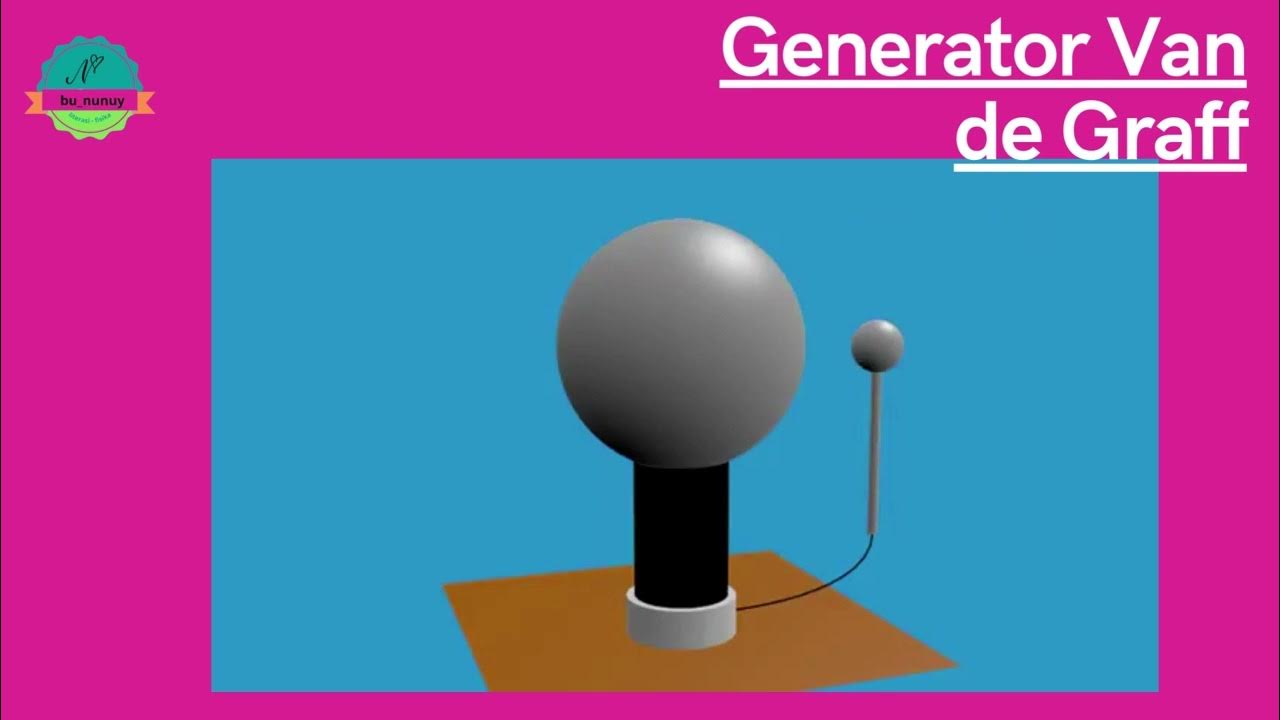The science of static electricity - Anuradha Bhagwat
Summary
TLDRThis script delves into the phenomenon of static electricity, explaining how it arises from the transfer of electrons between atoms due to friction. It highlights the role of conductors and insulators in the build-up and discharge of static electricity, using everyday examples like walking on a carpet and touching a doorknob. The script also expands on the natural occurrence of static electricity, illustrating how it can lead to lightning when charge imbalances in clouds are neutralized. The narrative captures the essence of static electricity's dual nature, from a minor inconvenience to a powerful force of nature.
Takeaways
- ⚡ Static electricity is a sudden and unexpected electrical discharge caused by the imbalance of electrical charges.
- 🔬 All matter is composed of atoms which include electrons, protons, and neutrons, where electrons and protons are responsible for electrical properties.
- 🔋 Normally, atoms are electrically neutral due to a balance between electrons and protons.
- 💥 Friction can cause electrons to move from one object to another, leading to a charge imbalance and the objects becoming either positively or negatively charged.
- ⚖️ Nature seeks balance, so charged objects will try to neutralize their charge by transferring electrons to or from other materials.
- 🏺 Conductors like metals and salt water allow electrons to flow freely, while insulators like plastics, rubber, and glass restrict electron movement.
- 👣 Static electricity is more likely to build up with insulators because they resist the flow of electrons.
- 🚪 The common experience of being 'zapped' by a doorknob occurs when electrons jump from a metal conductor to balance the charge of a person's body.
- ⛈ In the atmosphere, static electricity can lead to lightning, where charge imbalances in clouds are neutralized by discharging towards the Earth or other clouds.
- ⚠️ Lightning can strike the same place multiple times due to ongoing charge separation and discharge processes.
Q & A
What is static electricity?
-Static electricity is a phenomenon that occurs when there is an imbalance of electric charges within or on the surface of a material. It typically happens when two different materials are rubbed together, causing electrons to transfer from one material to the other, leading to one object becoming positively charged and the other negatively charged.
What are the three types of smaller particles that make up atoms?
-The three types of smaller particles that make up atoms are negatively charged electrons, positively charged protons, and neutral neutrons.
Why is most matter electrically neutral?
-Most matter is electrically neutral because the number of electrons and protons in an atom balance each other out, resulting in no net electrical charge.
How does friction lead to static electricity?
-Friction can cause loosely bound electrons to gain enough energy to leave their atoms and attach to other atoms, leading to a charge imbalance where one object ends up with more protons than electrons (positively charged) and the other with more electrons than protons (negatively charged).
What is meant by a 'charge imbalance' or 'net charge separation'?
-A charge imbalance or net charge separation refers to a situation where an object has more protons than electrons, resulting in a positive charge, or more electrons than protons, resulting in a negative charge, due to the transfer of electrons from one material to another.
Why does nature tend towards balance in terms of electrical charges?
-Nature tends towards balance because unbalanced charges create an unstable state. Mobile electrons will move to restore the neutral charge equilibrium, either by jumping off a negatively charged object or onto a positively charged one.
What is the term for the quick movement of electrons that we recognize as a spark?
-The quick movement of electrons that we recognize as a spark is called static discharge.
Why are conductors less likely to build up static electricity?
-Conductors like metals and salt water have loosely bound outer electrons that can easily flow between molecules, which allows them to dissipate excess charge and thus are less likely to build up static electricity.
What role do insulators play in static electricity build-up?
-Insulators like plastics, rubber, and glass have tightly bound electrons that won't readily jump to other atoms, making it easier for them to build up a static charge when rubbed against other materials.
Why does static electricity sometimes cause a shock when touching a metal object?
-Static electricity can cause a shock when touching a metal object because the metal, being a good conductor, allows the excess electrons from the charged body to quickly move onto the metal, neutralizing the charge and creating a noticeable discharge.
How is static electricity related to lightning?
-Static electricity is related to lightning in that both involve the separation of charges and the subsequent neutralization of these charges. In the case of lightning, charge separation occurs in clouds, and the imbalance is neutralized by releasing the charge towards another body, such as the Earth, in the form of a lightning bolt.
Outlines

このセクションは有料ユーザー限定です。 アクセスするには、アップグレードをお願いします。
今すぐアップグレードMindmap

このセクションは有料ユーザー限定です。 アクセスするには、アップグレードをお願いします。
今すぐアップグレードKeywords

このセクションは有料ユーザー限定です。 アクセスするには、アップグレードをお願いします。
今すぐアップグレードHighlights

このセクションは有料ユーザー限定です。 アクセスするには、アップグレードをお願いします。
今すぐアップグレードTranscripts

このセクションは有料ユーザー限定です。 アクセスするには、アップグレードをお願いします。
今すぐアップグレード5.0 / 5 (0 votes)






